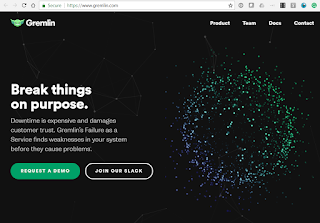Huawei announced the commercial release of its next-generation Universal Transport Solution for smart grids.
Huawei said traditional low-speed connectivity services for the power grid, such as Supervisory Control and Data Acquisition (SCADA) and relay protection, will continue to exist for a long time, providing high levels of security. However, the rapid expansion of the global power grid is driving a spike in the construction of power transmission and transformation networks that have greater requirements for more types of service and higher bandwidth.
 Electric power companies also have the possibility to launch connectivity services based on their investment in network resources.
Electric power companies also have the possibility to launch connectivity services based on their investment in network resources.
The Huawei Next-Generation Universal Transport Solution integrates OTN, SDH, packet, PCM, and other technologies based on the MS-OTN architecture. It supports single wavelength at 100 Gbps or 200 Gbps. DWDM enables a pair of optical fibers can achieve an ultra-large bandwidth of 20 TBbps. The platform enables the power transmission bearer networks to carry multiple services including commercial traffic.
https://www.huawei.com/us/press-events/news/2018/8/next-generation-universal-transport-solution
Huawei said traditional low-speed connectivity services for the power grid, such as Supervisory Control and Data Acquisition (SCADA) and relay protection, will continue to exist for a long time, providing high levels of security. However, the rapid expansion of the global power grid is driving a spike in the construction of power transmission and transformation networks that have greater requirements for more types of service and higher bandwidth.
 Electric power companies also have the possibility to launch connectivity services based on their investment in network resources.
Electric power companies also have the possibility to launch connectivity services based on their investment in network resources.The Huawei Next-Generation Universal Transport Solution integrates OTN, SDH, packet, PCM, and other technologies based on the MS-OTN architecture. It supports single wavelength at 100 Gbps or 200 Gbps. DWDM enables a pair of optical fibers can achieve an ultra-large bandwidth of 20 TBbps. The platform enables the power transmission bearer networks to carry multiple services including commercial traffic.
https://www.huawei.com/us/press-events/news/2018/8/next-generation-universal-transport-solution
















